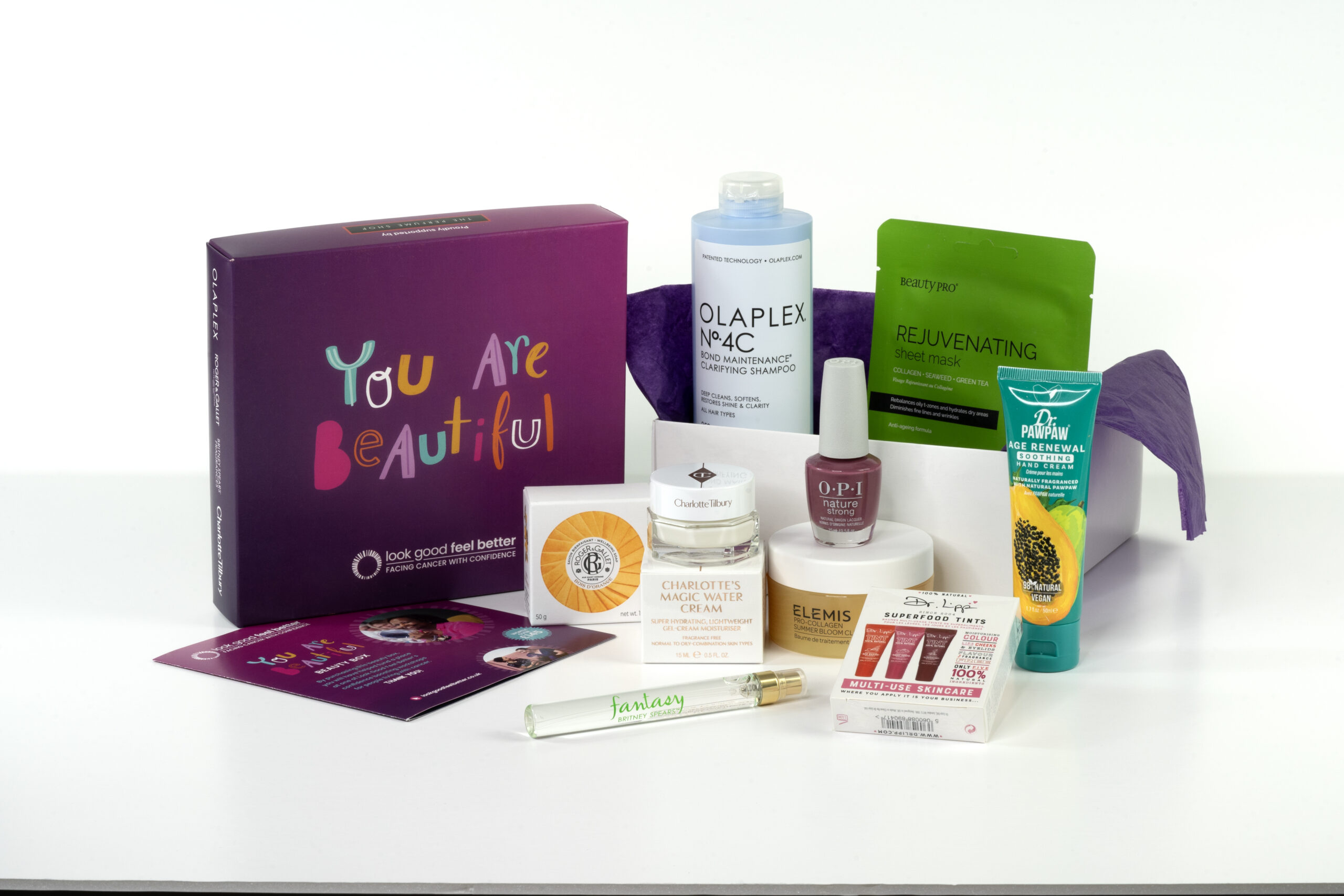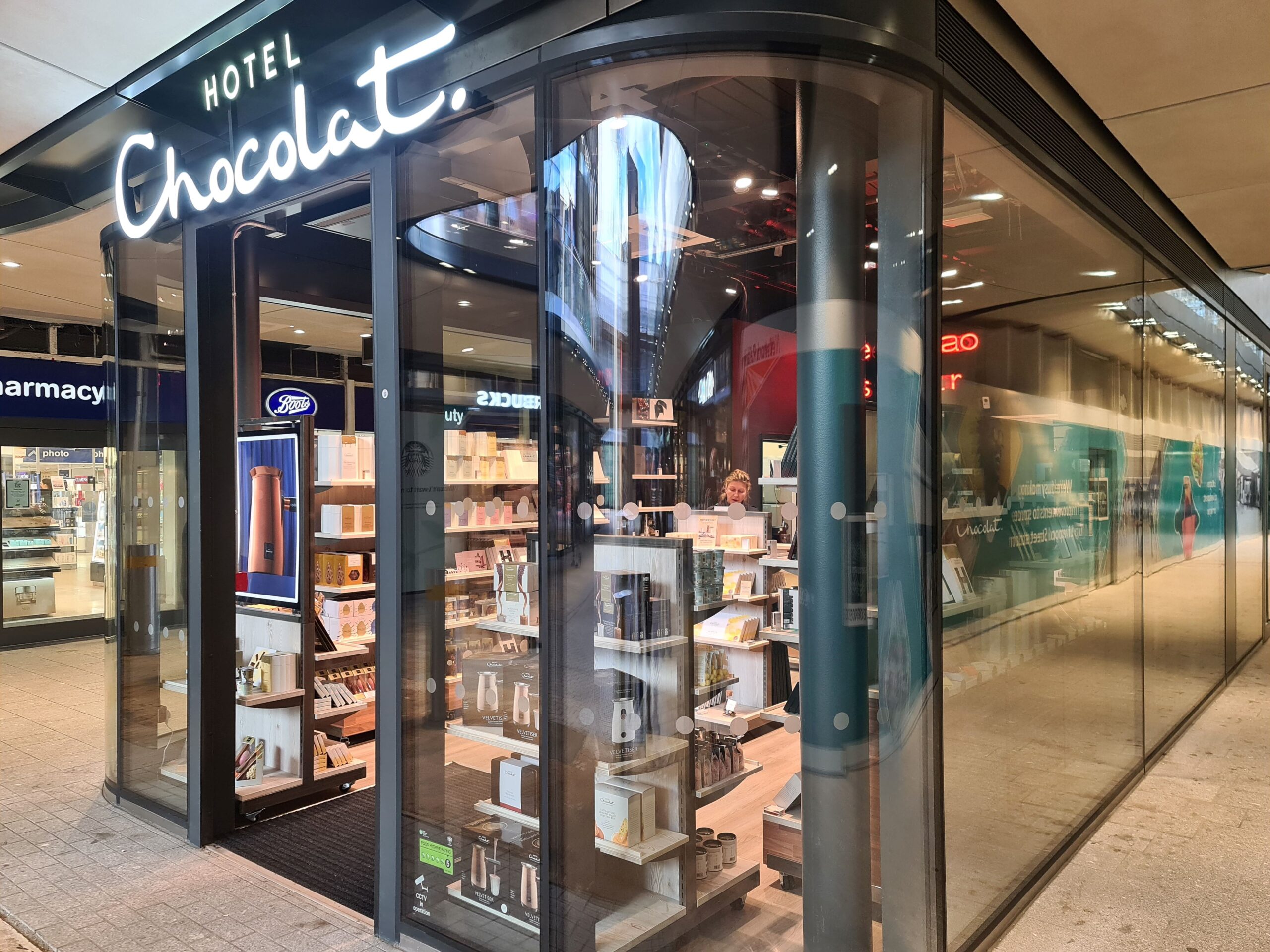With £1.45 billion in retail sales made during the Back to School campaign period, there are huge opportunities for retailers if they get their marketing strategy right at this time of year. However, with thousands of shoppers making once-a-year purchases or buying for their children, it’s also a challenging time for retailers as they are faced with disentangling the customer journeys of students and parents from their regular customers’ shopping habits.
Added to the complexity of understanding how each of their market segments behaved in the run-up to term time, Rakuten Marketing’s latest research into 2016’s Back to School campaigns revealed marked disparity between advertising strategies parents recognise as influential and the actual ad performance seen by retailers. For instance, more than 50 percent of parents surveyed ranked social as one of the least effective ad platforms, compared to other more traditional channels. This contradicts general industry data, as most social platforms have doubled ad revenue over the past two years.
Back to School isn’t the only point in the year that marketers’ careful ecosystem is put to the test by sudden changes in consumer behaviour – think Christmas, Mother’s Day or Valentine’s Day. As consumers rush to stock up on gifts and necessaries for the upcoming season, offline campaigns (brochure drops, leaflet handouts) and online activity which isn’t within the norm will have to be measured and evaluated.
For brand marketers caught up in this year’s school rush, it’s crucial to follow the right steps to understand the marketing spend delivering the greatest returns ahead of other peaks like Black Friday, Cyber Monday and Christmas, where shoppers are often buying products for another person.
Make no assumptions
It’s easy to assume that Back-to-School shoppers are only visiting brick-and-mortar stores. Insights taken from last year’s Back to School period by Deloitte asked parents about items that they planned to purchase. Nearly nine in 10 respondents with at least one child attending primary or secondary school in autumn said they would buy school supplies in-store only.
But the devil’s in the data. While the responses so far indicates clear journey to conversion in-store, Rakuten Marketing’s findings this year indicate that as shopping and browsing behaviour continues to grow online, there is an increasing shift to mobile. Nearly 60 percent of shopping parents are transacting via a mobile device, with fathers being 22 percent more likely to purchase from a mobile than mothers. Mobile’s performance this year illustrates that any broad brush conclusions about how market segments will convert during a peak buying season will lead to missed opportunities.
Follow the class
Historically, the most successfully retailers at peak shopping seasons of year are the supermarket brands and department stores. Although these businesses anticipate the vast majority of transactions in-store, they are acutely aware that without an understanding of their customers’ journeys across channels, they can’t see which campaigns are working well.
Attribution holds the key to uncovering not just what people have purchased, but how they purchased it. Cross channel data means marketers can see the channel combination that drove the conversion, and how quickly it took the customer to get there. By using this, retailers can get closer to what may have hindered the conversion and make improvements going forwards.
For example, House of Fraser was one of the first brands to move away from ‘last-click-wins’ and invest in a multi-attribution payment model. With accurate attribution analytics in place, House of Fraser can see that around 60% of returning customers buy from the department store using different devices. They have a more accurate view of user behaviour with which to optimise their activity and can effectively incentivise third party bloggers and reviewers to contribute at all stages of the path to purchase, allowing all parties to grow together.
Lessons in segmentation
Different levels of information that are available for different customers means that there are multiple ways to segment users and reach the more transient segments without alienating your brand’s most loyal customers. Very broadly, users can be separated into two types, those you know have purchased before, and those who you assume haven’t purchased before.
For previous purchase users, segmenting them based on their purchases, and the time of year those purchases were made, are most valuable, especially for annual events such as Christmas, Mother’s Day and Father’s Day. These users can also be segmented based on whether they are particularly responsive to sales, for example frequently using promotional codes or they buy only when sales are on, so that they can be targeted during the sales season.
Assuming you have a CRM data feed working together with marketing performance data, you can begin to get a picture as to which channels contribute to sales. And by looking at historical peaks from the same period last year, you can also understand which channels in what combination drive sales of particular products from specific segments.
The data should reveal some insight into what time you should start investing in what channels. For example, if I am a panic buyer, sending me marketing messages two or three weeks before the start of term isn’t likely going to attract me to buying a school uniform for my child. Send that same message a week before term, and I might be persuaded. If you don’t have that level of data, you’re wasting precious ad spend.
Growing your market share
But what about the vast majority of shoppers who don’t convert and remain off the customer database? Use data about the consumers who have purchased to tell you about the kind of people who’d buy something from you. You can see what time of year they’d buy and the most popular products.
Facebook has made it very simple to merge your own customer data with demographic targeting to create a look alike audience from those customers, and of course directly engage those customers again at the right time.
As we approach the largest national shopping peaks of the year, it’s vital retailers review not just what the Back to School period revealed about their market segments’ online and offline behaviours, but also the systems and processes they have for making the most of the data available to them. With full view of the channels and devices that influence the customer journey, retail marketers can approach seasonal peaks equipped for success.
Nick Fletcher is director of multichannel services, Rakuten Marketing Europe






